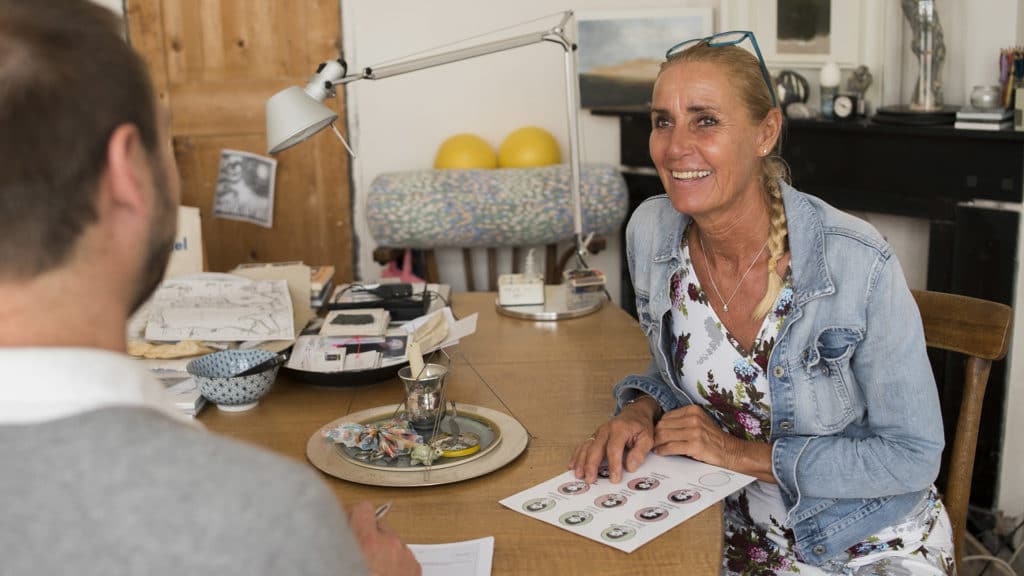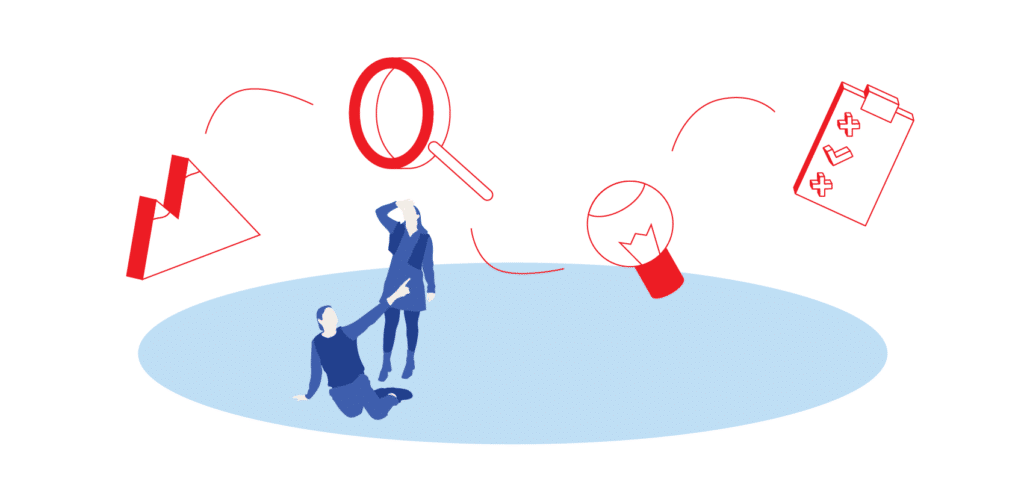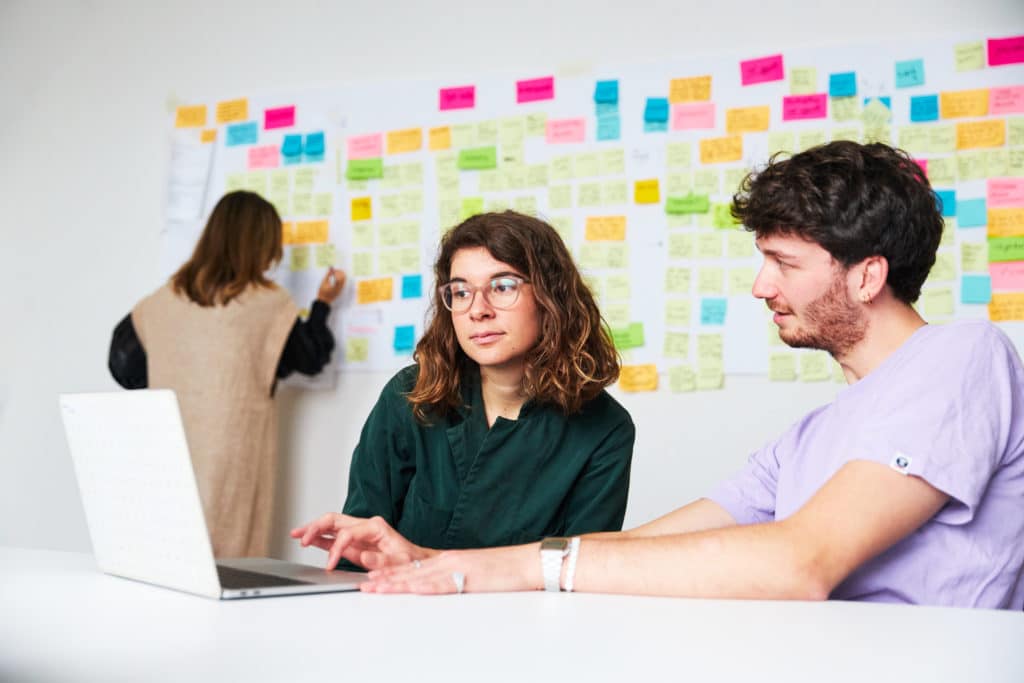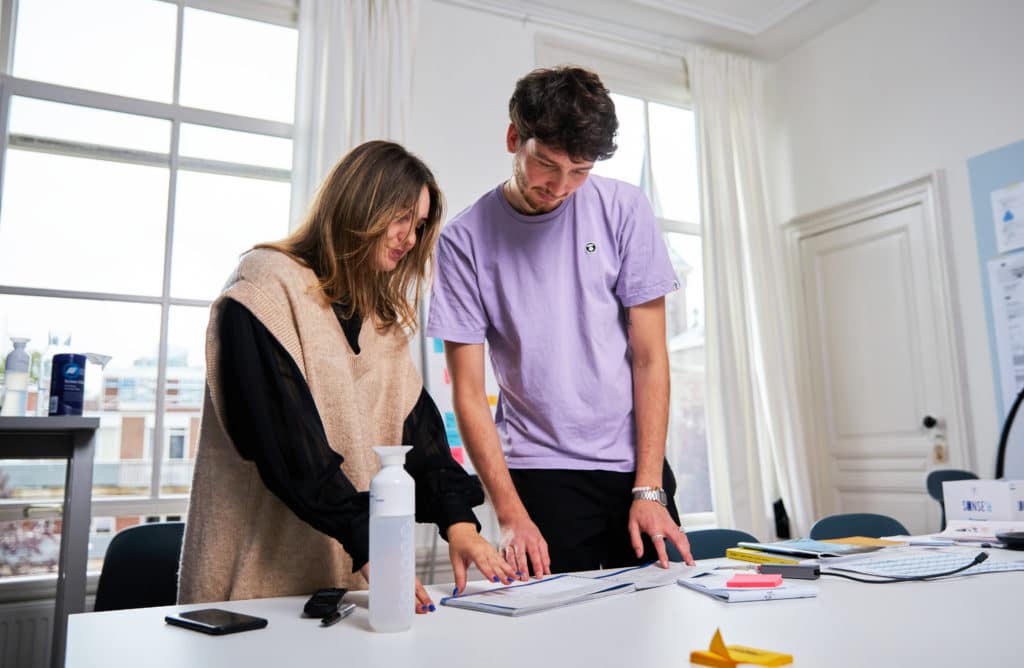
Deep user needs
A validated approach in which we uncover people’s unconscious needs about a product or context. The end result? An opportunity roadmap for innovation.
Read more
Making organizations work
Design is no longer just the domain of sleek products or snazzy apps. Nowadays, all kinds of organizations use service design thinking to work smarter and deliver better solutions. Our process, approach and proprietary tools for service design enable us to deliver roadmaps for seamless, human-centered and positive design experiences. Which is good for your users – and even better for your organization.

Our approach to service design is marked by certain key principles:
While all companies and organizations talk about ‘customer service’ few really invest in it. Yet, providing a positive user experience could be the most effective way of achieving the outcomes your organization desires.
That’s what service design does.

Thanks to expertise across many disciplines, we cover the entire service design process. Although we tailor the service design process for each different project, the following fundamental steps create a framework each time:
We have applied these steps to create effective solutions for clients in diverse domains: from consumer product development to electronics, and from government to healthcare.
This approach works for different types of organizational challenge. For projects that require quick, out-of-the-box results, the steps can be taken as short design sprints. But it is also perfectly suited for more complex challenges that have multiple facets, stakeholders or conflicting user needs. We carefully map out the entire constellation of needs and concerns, and use dilemma methodology to find solutions that work for everyone.

A validated approach in which we uncover people’s unconscious needs about a product or context. The end result? An opportunity roadmap for innovation.
Read more

What is the emotional impact you want your brand or product to have? Based on your vision and strategy, we co-create an effective emotion profile.
Read more

We organize one or more creative workshops with your team to identify opportunities, ideate new solutions, and create strategic roadmaps.
Read more

Rotterdam City Council’s service line is called over a million times a year by people from very different backgrounds with a wide variety of enquiries. We mapped their needs and redesigned the options menu. The result: Improved ratings and doubled efficiency.
Read more

News needs to be serious, but it needs to be human too. We helped bring a new vision to the most-watched Dutch TV news show while maintaining objectivity.
Read more
